List of Articles
Life Cycle. Vol. 3, 2023
State-of-the-Art Reviews
Sadness, counseling for sadness, and sleep time and COVID-19 pandemic in South Korea: Rapid review and a post-hoc analysis
HTML
PDF
PubReader
Life Cycle 2023;3:e18
https://doi.org/10.54724/lc.2023.e18
https://doi.org/10.54724/lc.2023.e18
ABSTRACT
The COVID-19 pandemic has had a significant and detrimental impact on daily life. However, research on the prevalence and pandemic-related risk factors of sadness, sadness-related counseling, and sleep duration remains limited. The aim of this review paper was to examine the association of the COVID-19 pandemic on the prevalence of sadness, counsel...
SARS-CoV-2 vaccine-induced immune thrombotic thrombocytopenia: A comprehensive review, release 1 (epidemiologic perspective)
HTML
PDF
PubReader
Life Cycle 2023;3:e16
https://doi.org/10.54724/lc.2023.e16
https://doi.org/10.54724/lc.2023.e16
ABSTRACT
More than eight billion vaccine doses have been delivered to battle the COVID-19 pandemic. SARS-CoV-2 vaccines have been carefully developed and proven efficacious as evidenced by clinical assays and studies in real-world settings. However, rare but severe side effects raise important safety concerns. Particularly, severe complication after vaccina... 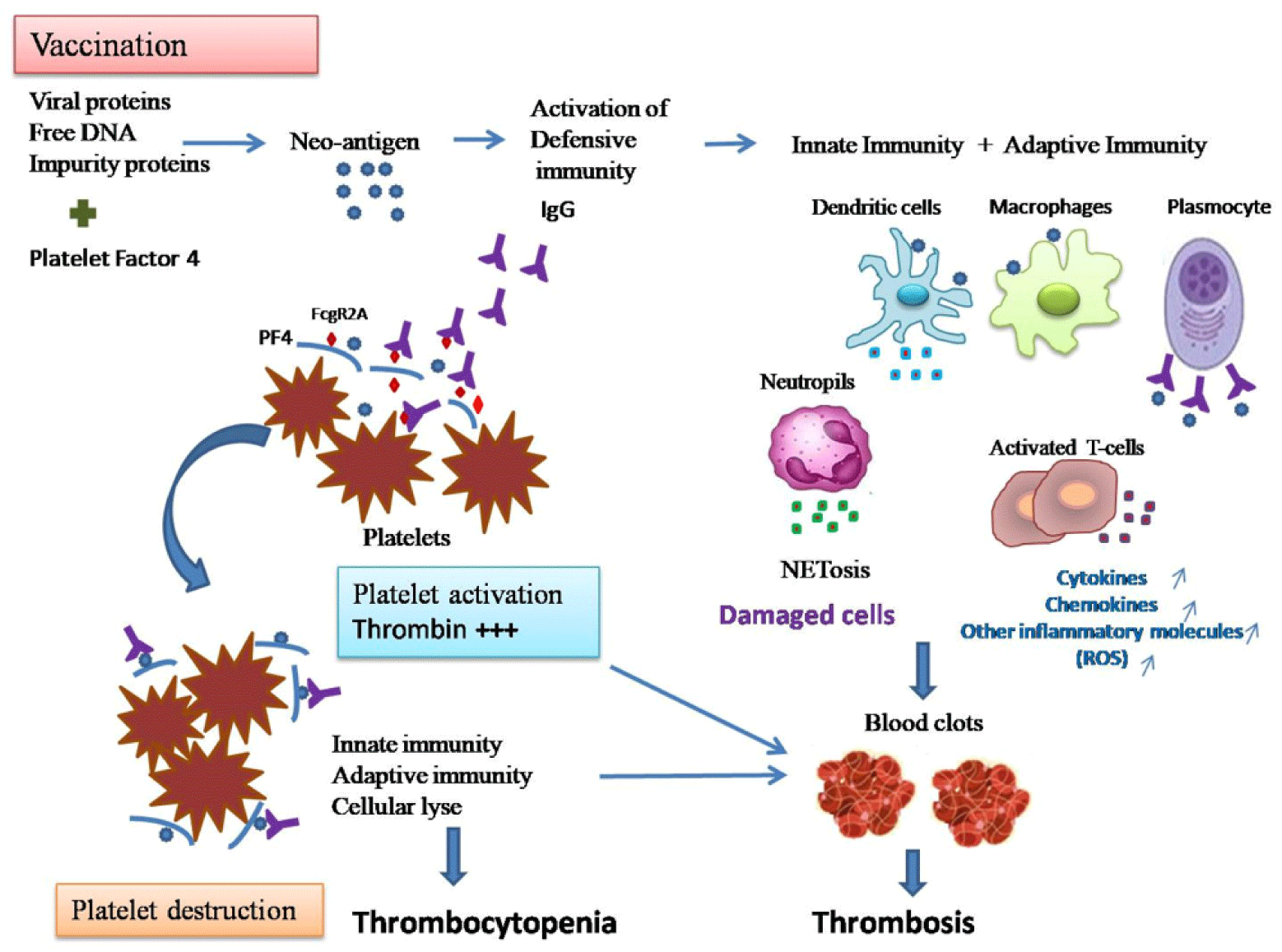
SARS-CoV-2 vaccine-induced immune thrombotic thrombocytopenia: A comprehensive review, release 2 (immunologic perspective)
HTML
PDF
PubReader
Life Cycle 2023;3:e17
https://doi.org/10.54724/lc.2023.e17
https://doi.org/10.54724/lc.2023.e17
ABSTRACT
Thromboembolism remains an extremely rare side effect of COVID-19 vaccination, and the benefits of vaccination against COVID-19 continue to outweigh the risks of side effects. The scientific community should have confidence in the safety of the SARS-CoV-2 vaccines when considering solutions to unwanted side effects. This study explores the intricat... 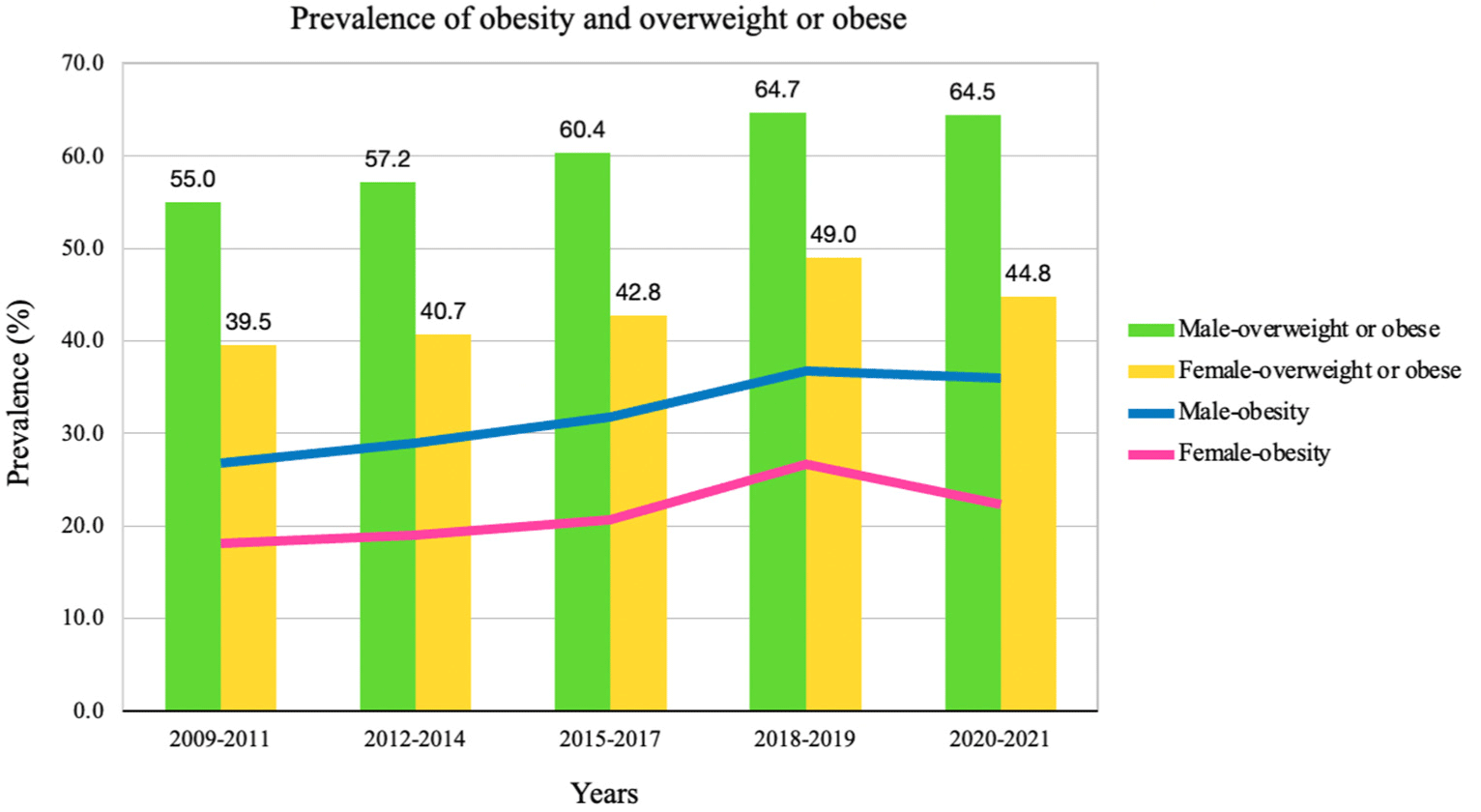
Obesity and COVID-19 pandemic in South Korea: rapid review and a post-hoc analysis
HTML
PDF
PubReader
Life Cycle 2023;3:e15
https://doi.org/10.54724/lc.2023.e15
https://doi.org/10.54724/lc.2023.e15
ABSTRACT
COVID-19’s disproportionate effects on socioeconomic and behavioral factors may have affected the prevalence of obesity. To better understand the trends in body mass index (BMI) among Koreans before and during the pandemic, we examined several biosocial risk factors. During the pandemic, BMI increased less rapidly than anticipated. The multifacet... 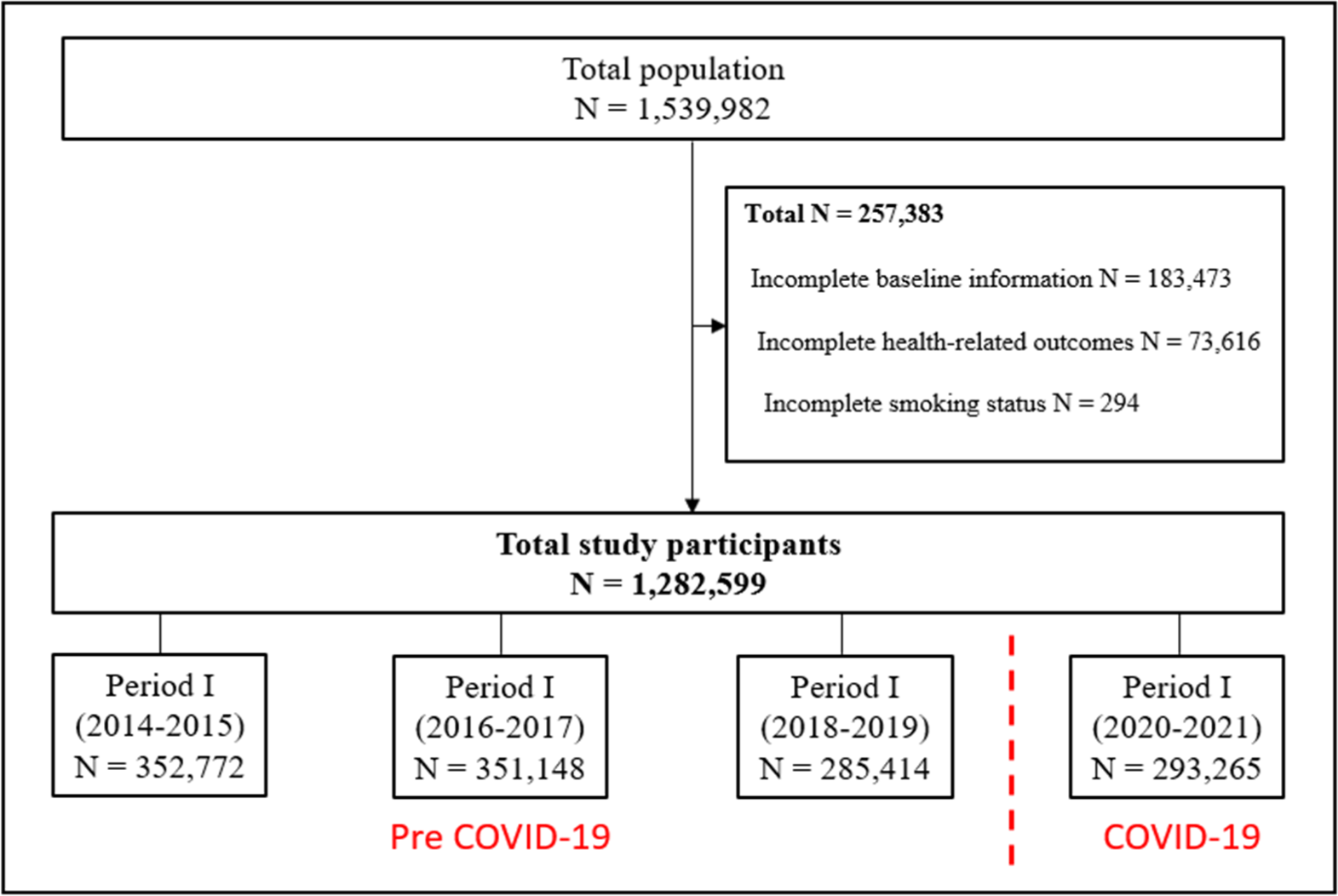
Trends in prevalence of smoking in South Korea, 2014-2021: A post-hoc secondary analysis
HTML
PDF
PubReader
Life Cycle 2023;3:e14
https://doi.org/10.54724/lc.2023.e14
https://doi.org/10.54724/lc.2023.e14
ABSTRACT
Little is known about how the COVID-19 pandemic will comprehensively affect prevalence of cigarette and e-cigarette smoking. Through a post-hoc secondary analysis from a nationwide, long-term serial, and representative study of 1.2 million individuals, the prevalence of traditional smoking decreased less than expected during the pandemic; however, ...
Original Research Article
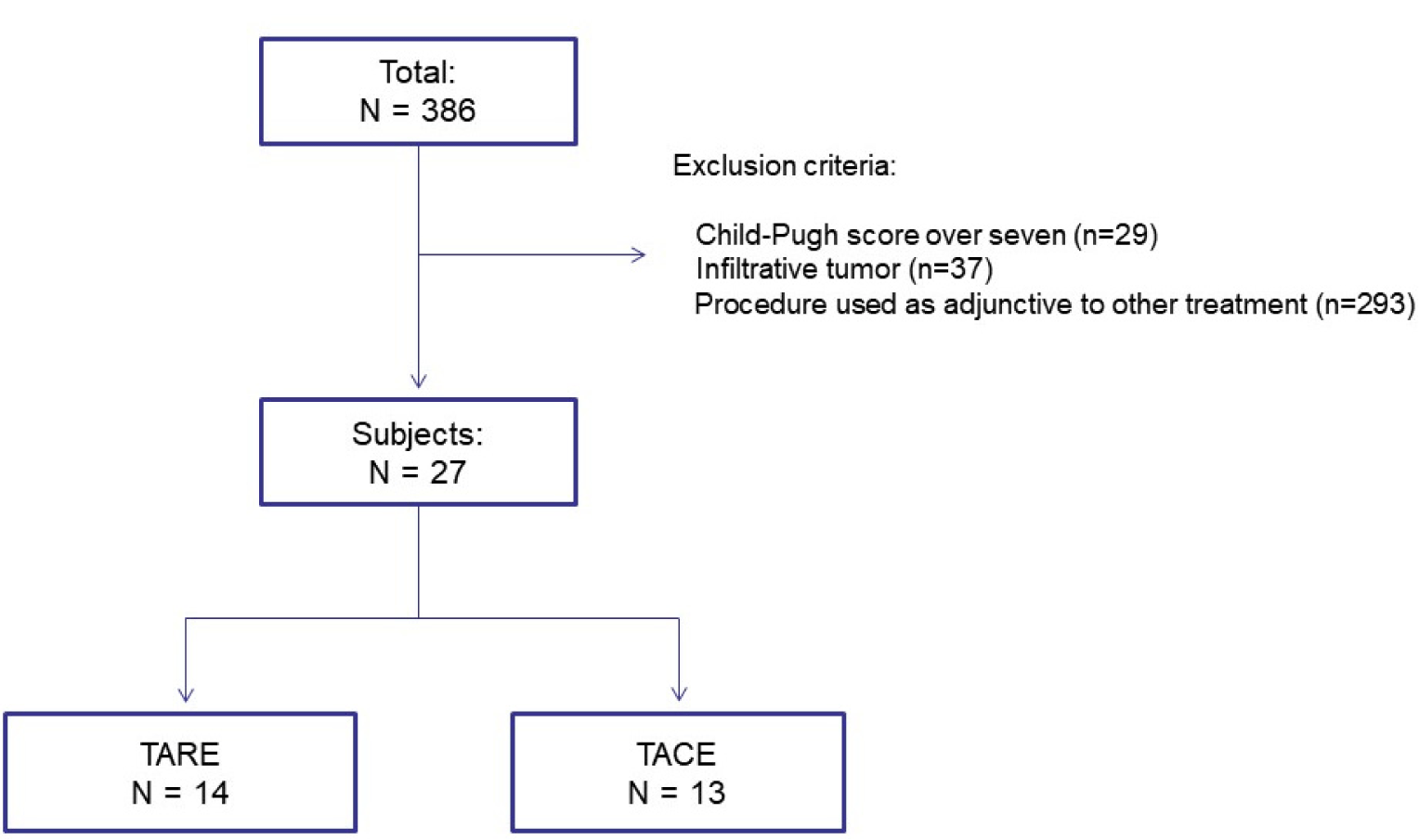
Transarterial chemoembolization versus radioembolization as a treatment option for single large (>5 cm) hepatocellular carcinoma: a retrospective study in South Korea
HTML
PDF
PubReader
Life Cycle 2023;3:e13
https://doi.org/10.54724/lc.2023.e13
https://doi.org/10.54724/lc.2023.e13
ABSTRACT
Objective: To date, there has been no study comparing transarterial chemoembolization (TACE) with transarterial radioembolization (TARE) in these patients, so this study was designed to determine which treatment is more effective and safer between TACE and TARE. Methods: From January 2011 to May 2017, patients who received TACE or TARE as a first-l...
State-of-the-Art Reviews
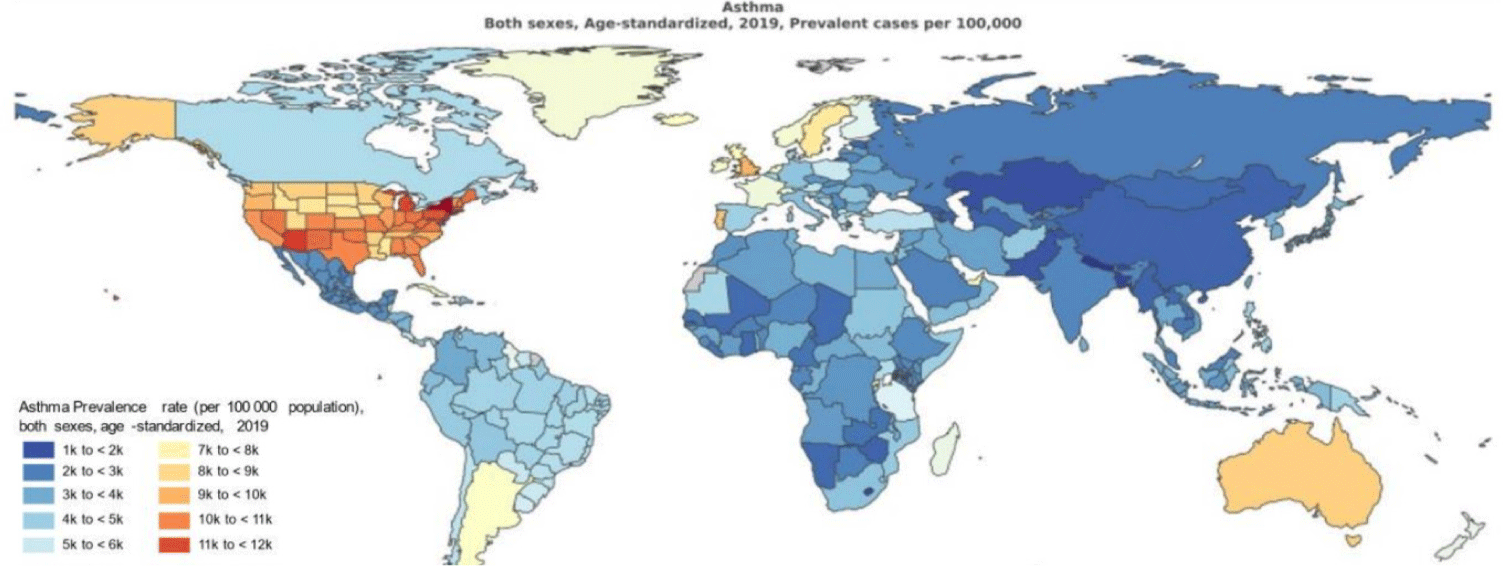
Allergic diseases, COVID-19 pandemic, and underlying mechanisms
HTML
PDF
PubReader
Life Cycle 2023;3:e12
https://doi.org/10.54724/lc.2023.e12
https://doi.org/10.54724/lc.2023.e12
ABSTRACT
The impact of COVID-19 on allergic diseases in adolescents is not well described. Although there has been a previous study that examined changes in prevalence one year into the pandemic, there is a need for follow-up due to the nature of the infectious disease. Therefore, this article explored the extent to which the pandemic had a potential mediat...
Original Research Article
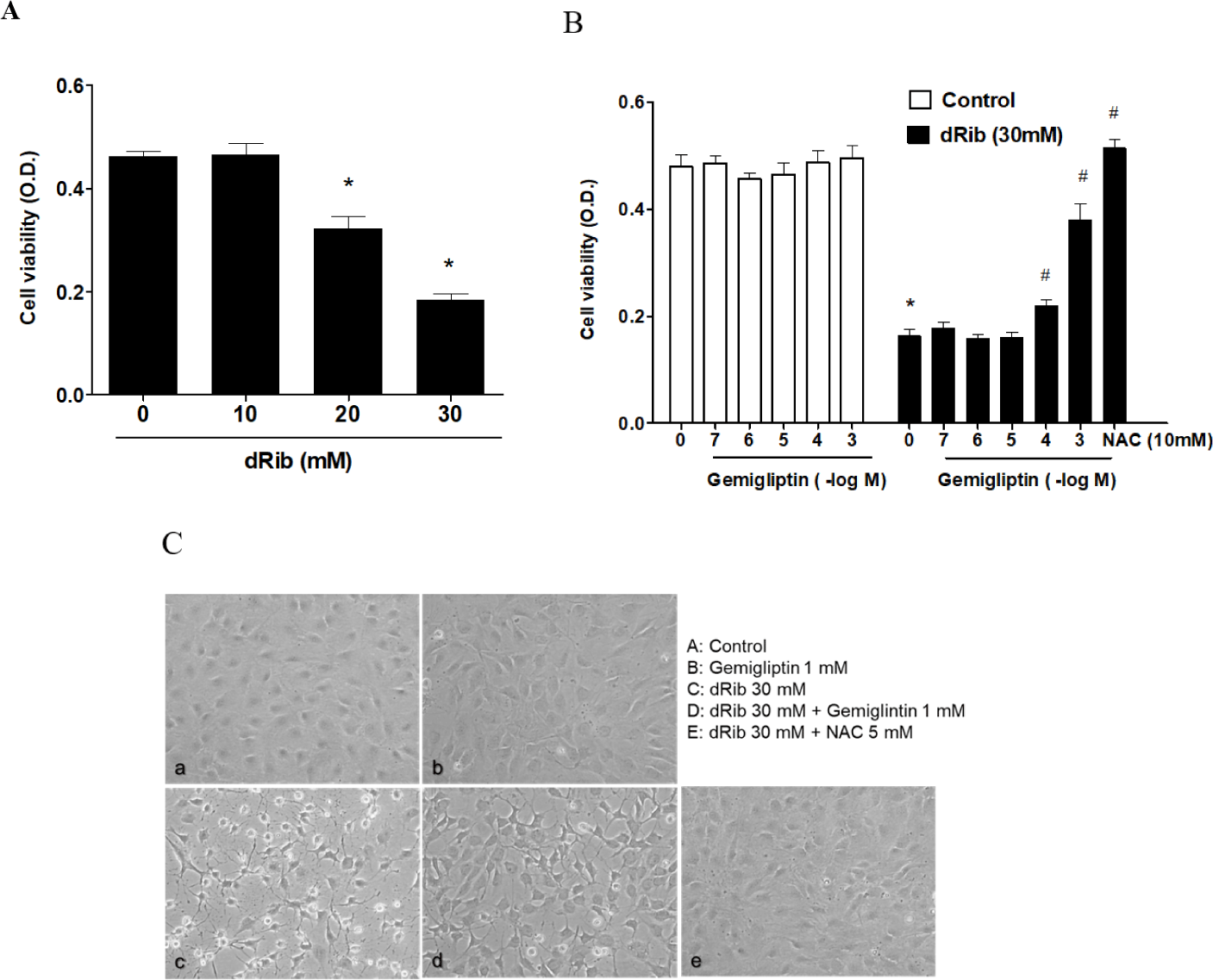
Gemigliptin attenuates reducing sugar-induced oxidative damage in MC3T3-E1 osteoblasts and improves osteoblastic differentiation
HTML
PDF
PubReader
Life Cycle 2023;3:e11
https://doi.org/10.54724/lc.2023.e11
https://doi.org/10.54724/lc.2023.e11
ABSTRACT
Objective: Dipeptidyl peptidase-4 (DPP-4) inhibitors have been shown to reduce the rate of bone fractures. A newly developed antidiabetic drug, gemigliptin, may improve bone quality. We investigated the effects of gemigliptin on 2-deoxy-D-ribose (dRib)-induced oxidative damage and cellular dysfunction in the MC3T3-E1 osteoblastic cell line. Methods...
State-of-the-Art Reviews
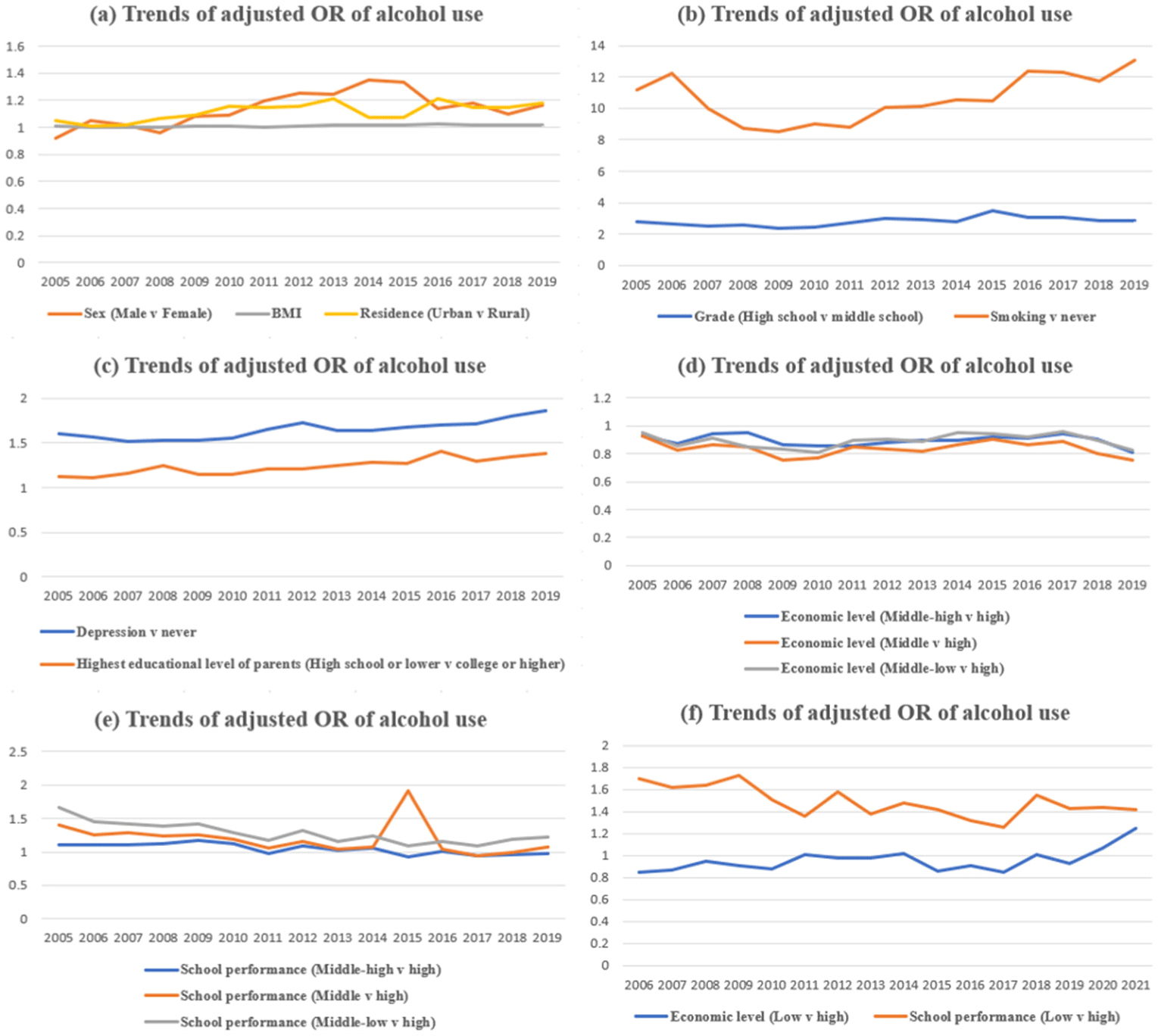
Exploring factors related to alcohol and substance use during the COVID-19 pandemic: a post-hoc analysis from the Korea youth risk behavior web-based survey
HTML
PDF
PubReader
Life Cycle 2023;3:e10
https://doi.org/10.54724/lc.2023.e10
https://doi.org/10.54724/lc.2023.e10
ABSTRACT
Despite the significance of the COVID-19 pandemic’s effect on life, only a few previous studies have been conducted on youth substance use during the era of the COVID-19 pandemic. Thus, we aimed to determine the change in alcohol and substance use by the familial-, social-, and individual-associated risk factors among Korean adolescents, comparin...
Original Research Article
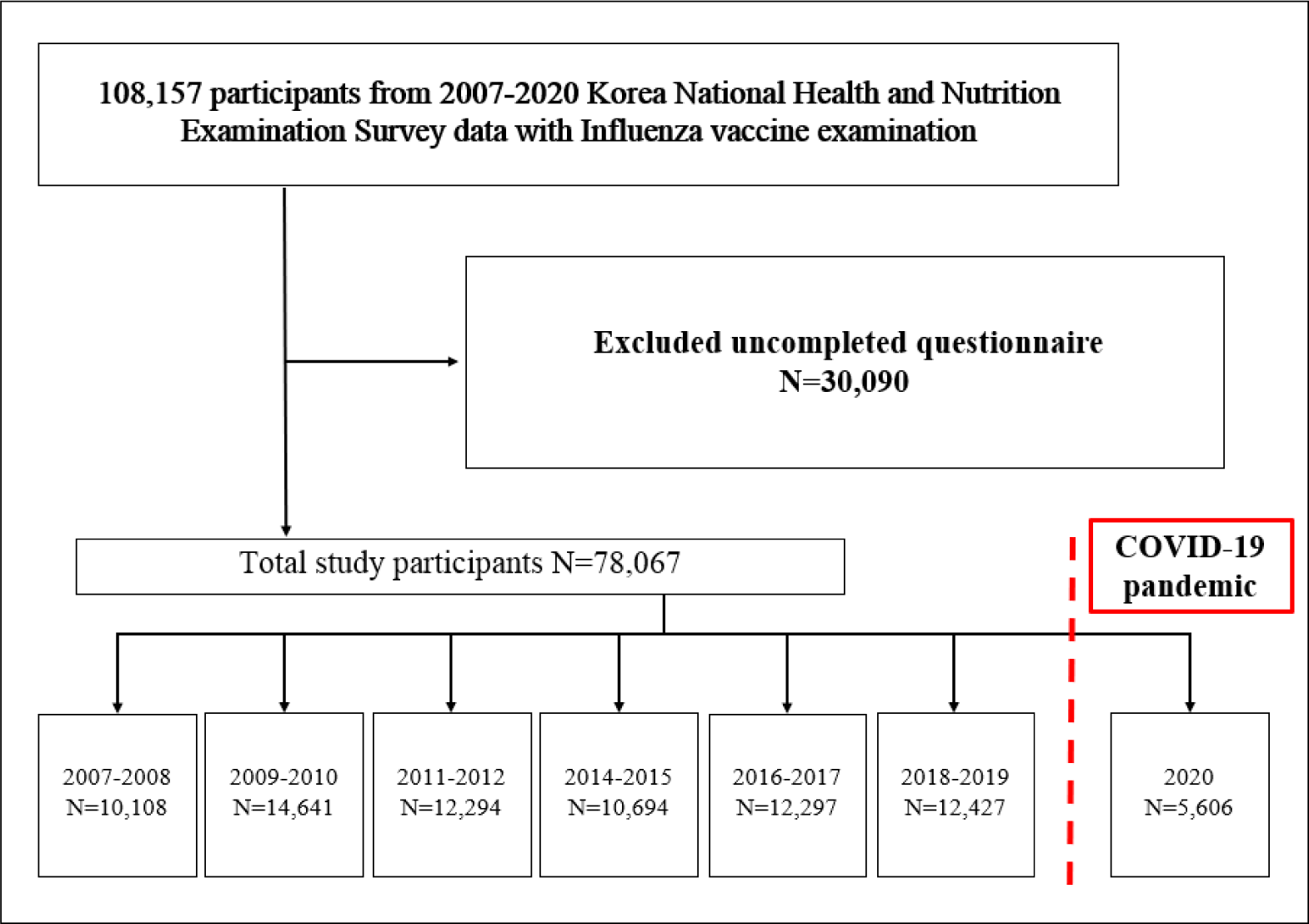
National trends in influenza vaccination coverage rates in South Korea between 2007-2020, including the COVID-19 pandemic: a longitudinal nationwide serial study
HTML
PDF
PubReader
Life Cycle 2023;3:e9
https://doi.org/10.54724/lc.2023.e9
https://doi.org/10.54724/lc.2023.e9
ABSTRACT
Objective: The beneficial relationship of influenza vaccination rate on the COVID-19 pandemic is inconclusive and inconsistent. Thus, we aimed to investigate long-term trend changes in influenza vaccination rate among general population of South Korea before COVID-19 pandemic and during early/mid-pandemic period. Methods: We analyzed nationwide rep...
State-of-the-Art Review
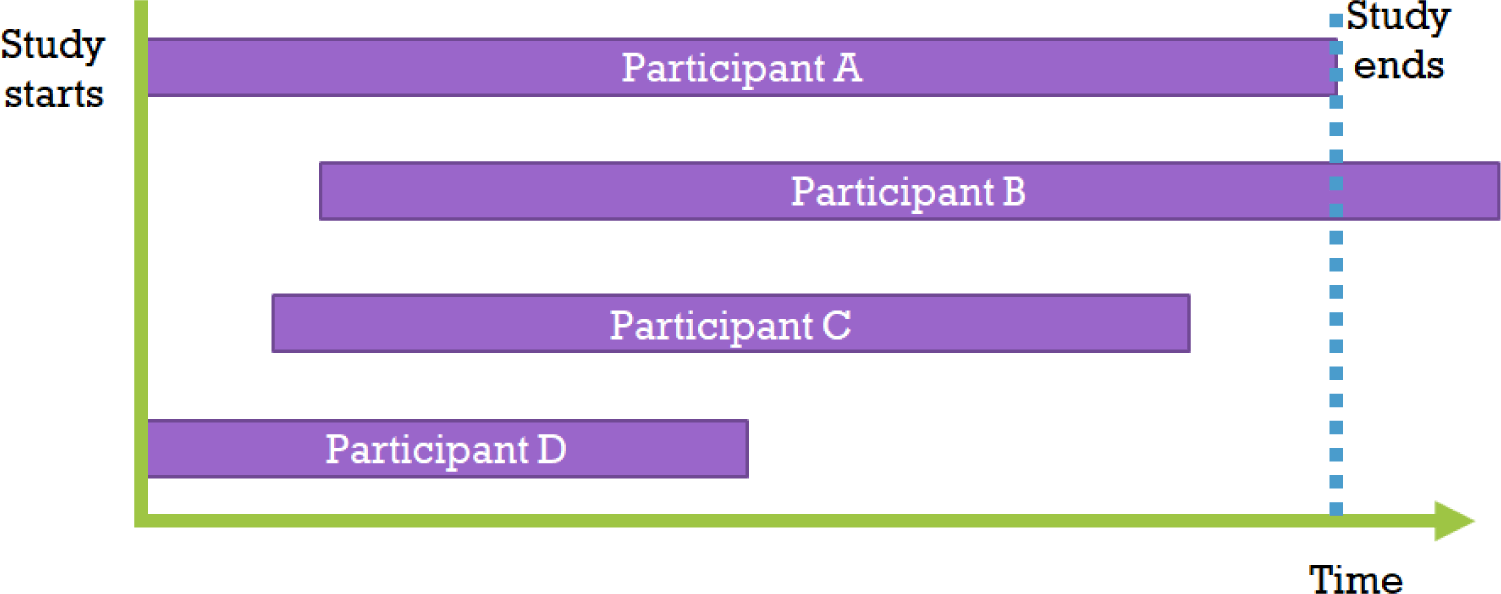
Kaplan-Meier and Cox proportional hazards regression in survival analysis: statistical standard and guideline of Life Cycle Committee
HTML
PDF
PubReader
Life Cycle 2023;3:e8
https://doi.org/10.54724/lc.2023.e8
https://doi.org/10.54724/lc.2023.e8
ABSTRACT
In medical research, analyzing the time it takes for a phenomenon to occur is sometimes crucial. However, various factors can contribute to the length of survival or observation periods, and removing specific data can lead to bias results. In this paper, we discuss the Kaplan-Meier analysis and Cox proportional hazards regression model, which are t...
Original Research Article
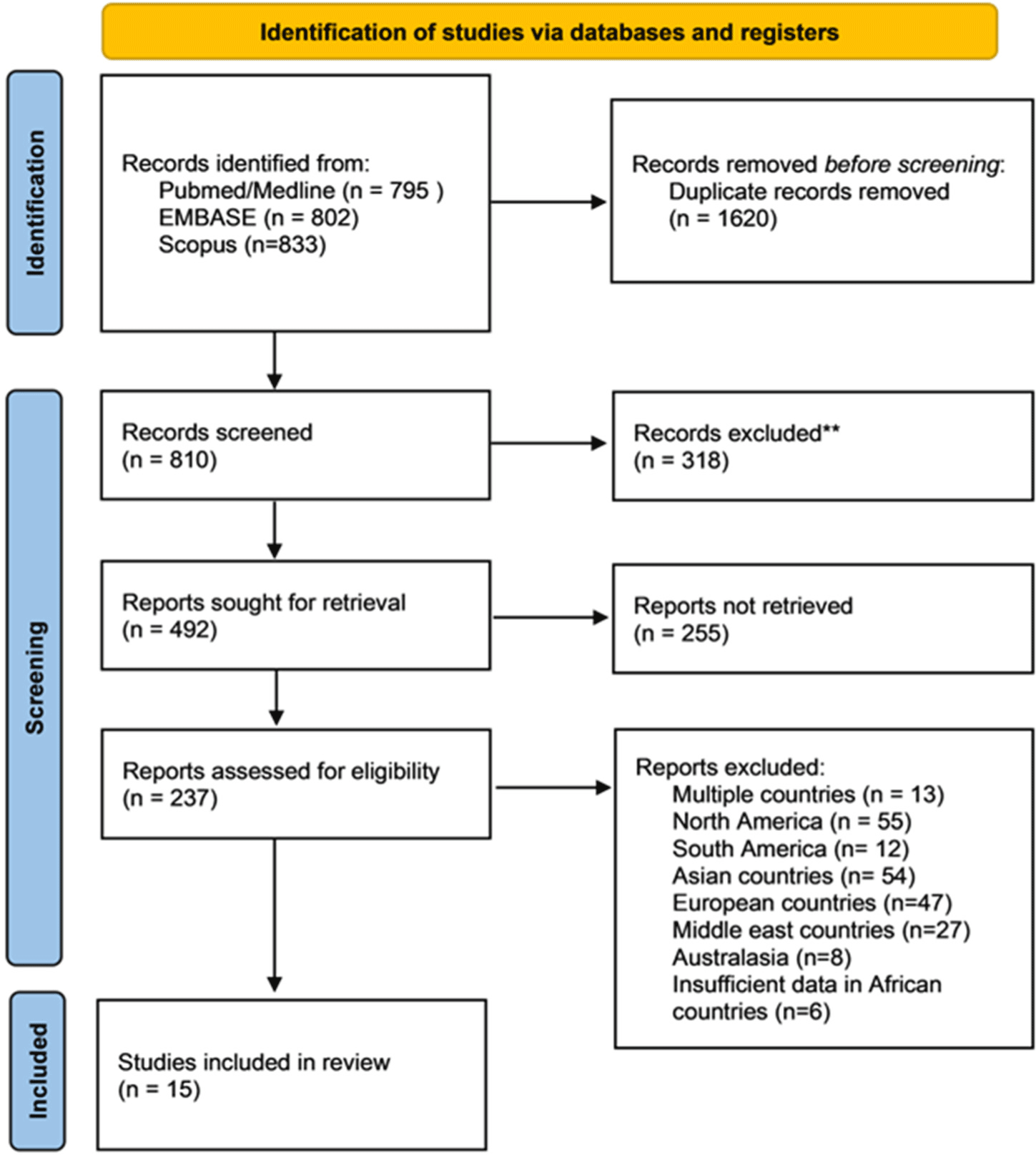
Shifts in COVID-19 vaccine acceptance rates among African countries: A systematic review and meta-analysis
HTML
PDF
PubReader
Life Cycle 2023;3:e7
https://doi.org/10.54724/lc.2023.e7
https://doi.org/10.54724/lc.2023.e7
ABSTRACT
Objective: The few existing country-specific studies on vaccine hesitancy in Africa are limited by their focus on specific population groups such as health care workers or medical students. Thus, we aimed to provide a comparative systematic review and meta-analysis of COVID-19 vaccine acceptance rates in African countries and their predictors. Meth...
Editorial
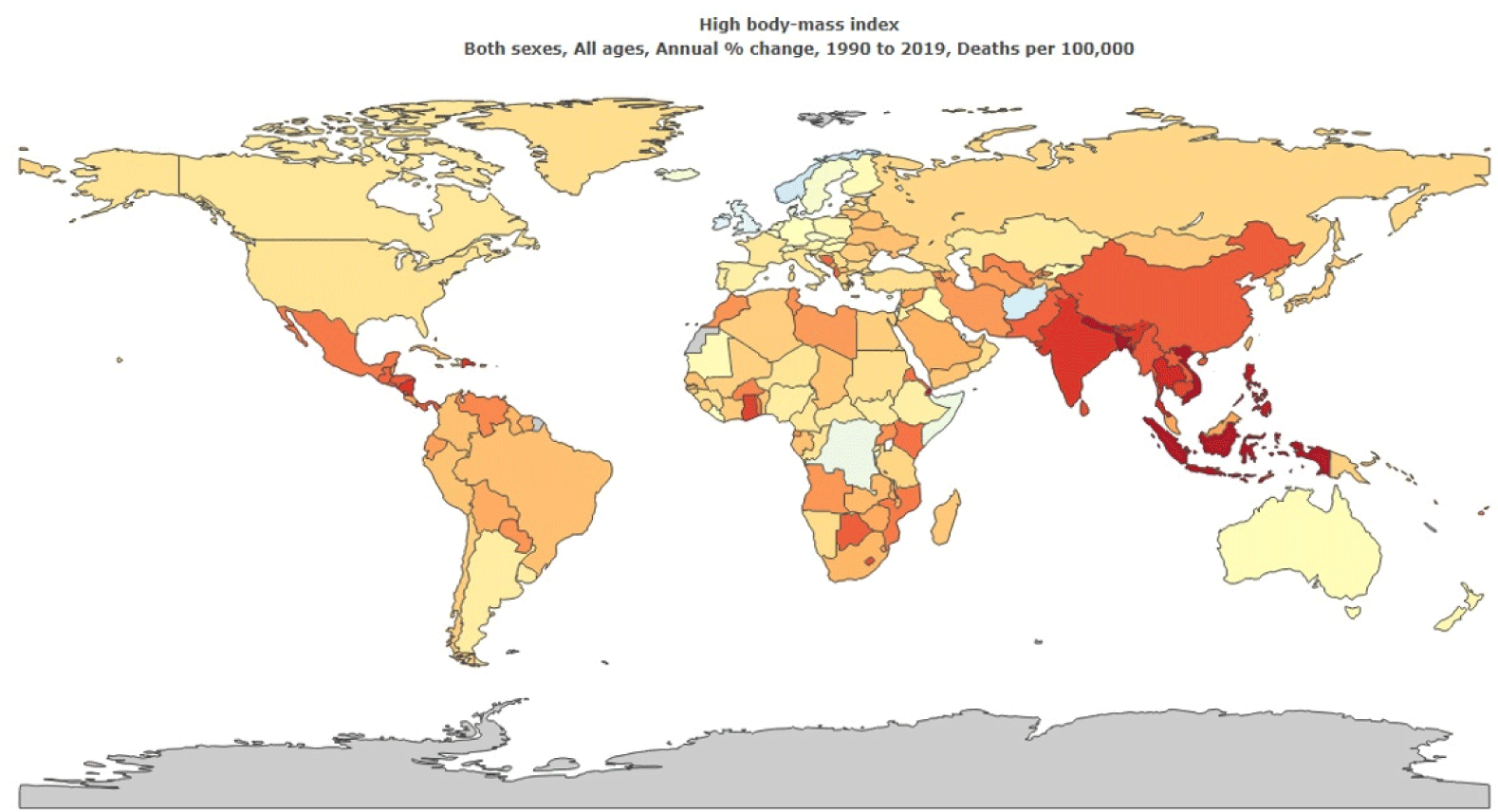
Obesity: lessons learned and the way forward
Life Cycle 2023;3:e6
https://doi.org/10.54724/lc.2023.e6
HTML
PDF
PubReader
https://doi.org/10.54724/lc.2023.e6
State-of-the-Art Reviews
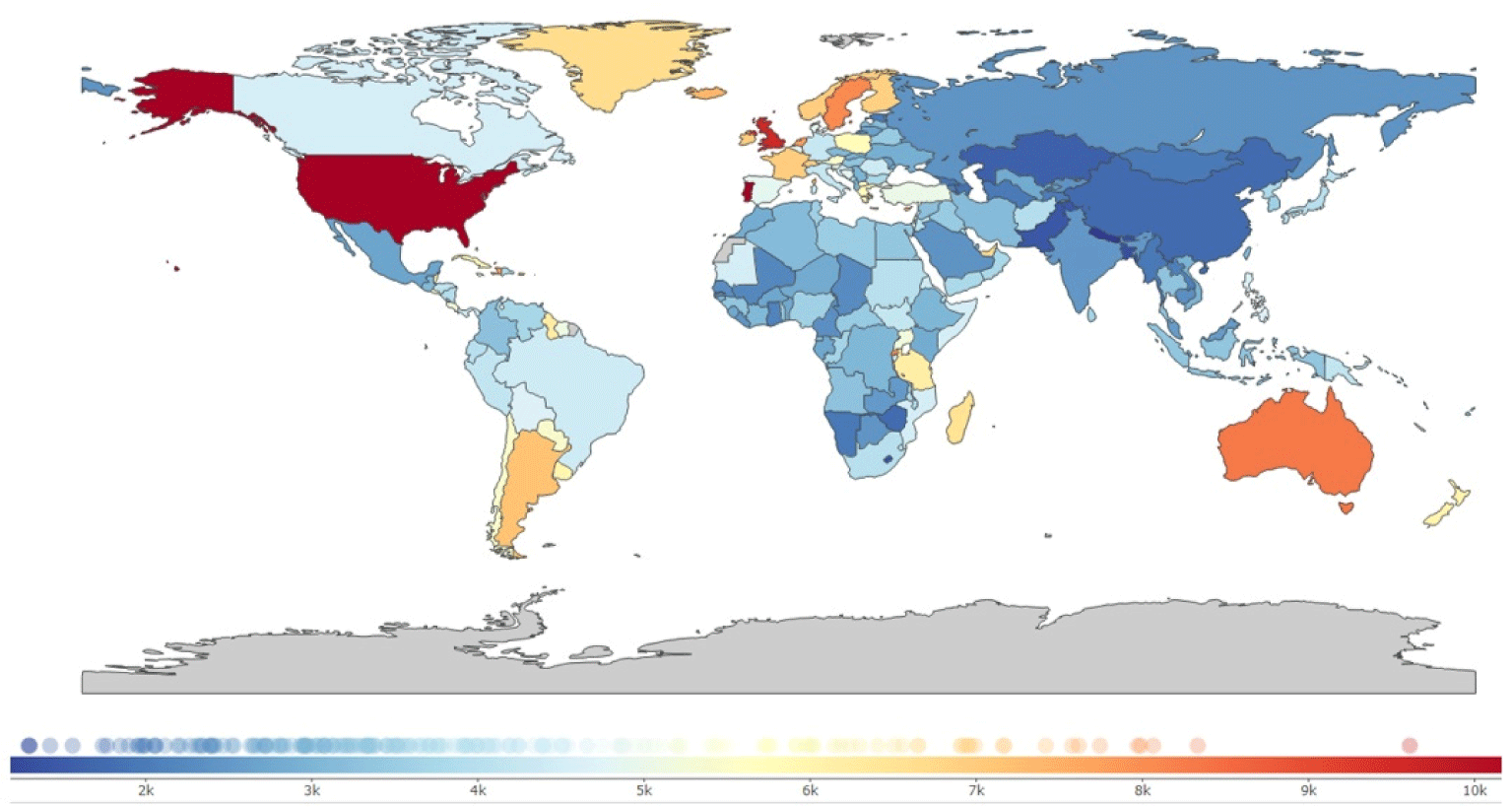
Allergic diseases and COVID-19 pandemic: facing unprecedented challenges
HTML
PDF
PubReader
Life Cycle 2023;3:e5
https://doi.org/10.54724/lc.2023.e5
https://doi.org/10.54724/lc.2023.e5
ABSTRACT
The impact of COVID-19 on allergic diseases in adolescents is not well described. Although there has been a previous study that examined changes in prevalence one year into the pandemic, there is a need for follow-up due to the nature of the infectious disease. Therefore, this review article explored the extent to which the pandemic had a potential... 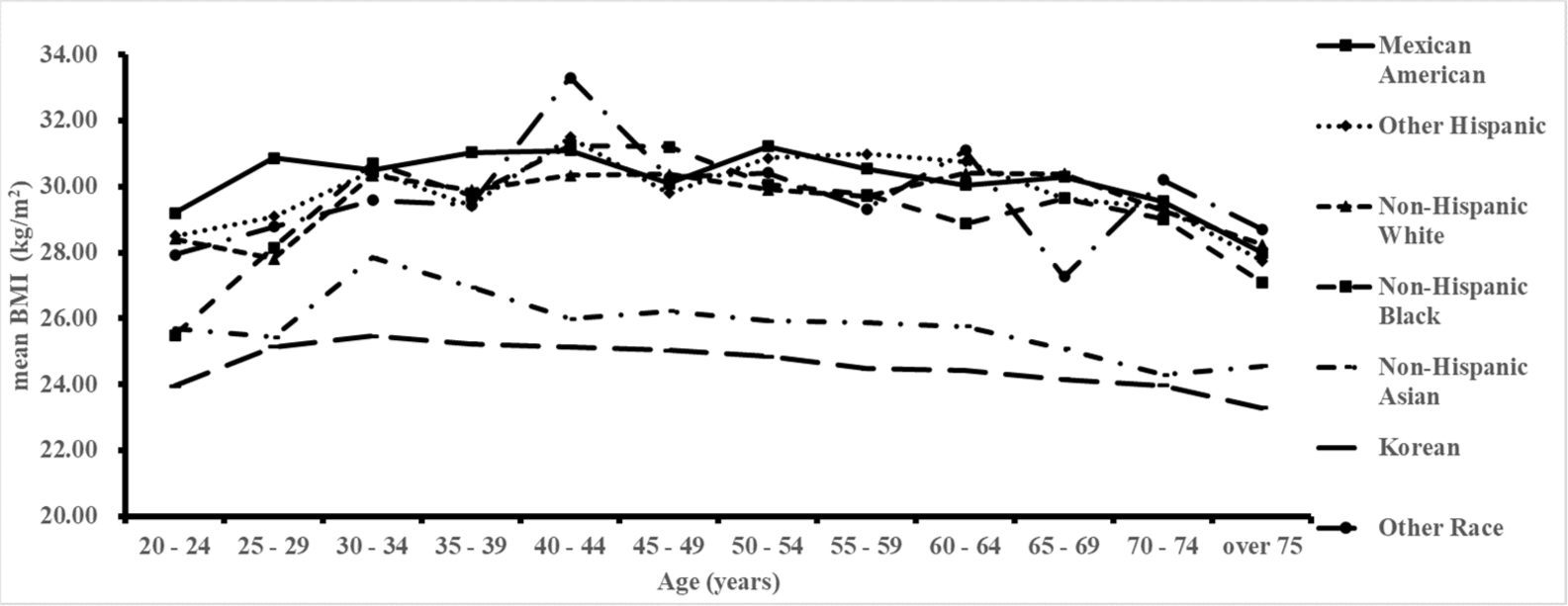
Age, ethnic, and sex disparity in body mass index and waist circumference: a bi-national large-scale study in South Korea and the United States
HTML
PDF
PubReader
Life Cycle 2023;3:e4
https://doi.org/10.54724/lc.2023.e4
https://doi.org/10.54724/lc.2023.e4
ABSTRACT
The study investigated age, ethnic, and sex disparities in body mass index (BMI) and waist circumference (WC) in South Korea and the United States. We conducted a bi-national large-scale study and analyzed data from the Korea National Health and Nutrition Examination Survey (KNHANES) and the National Health and Nutrition Examination Survey in the U... 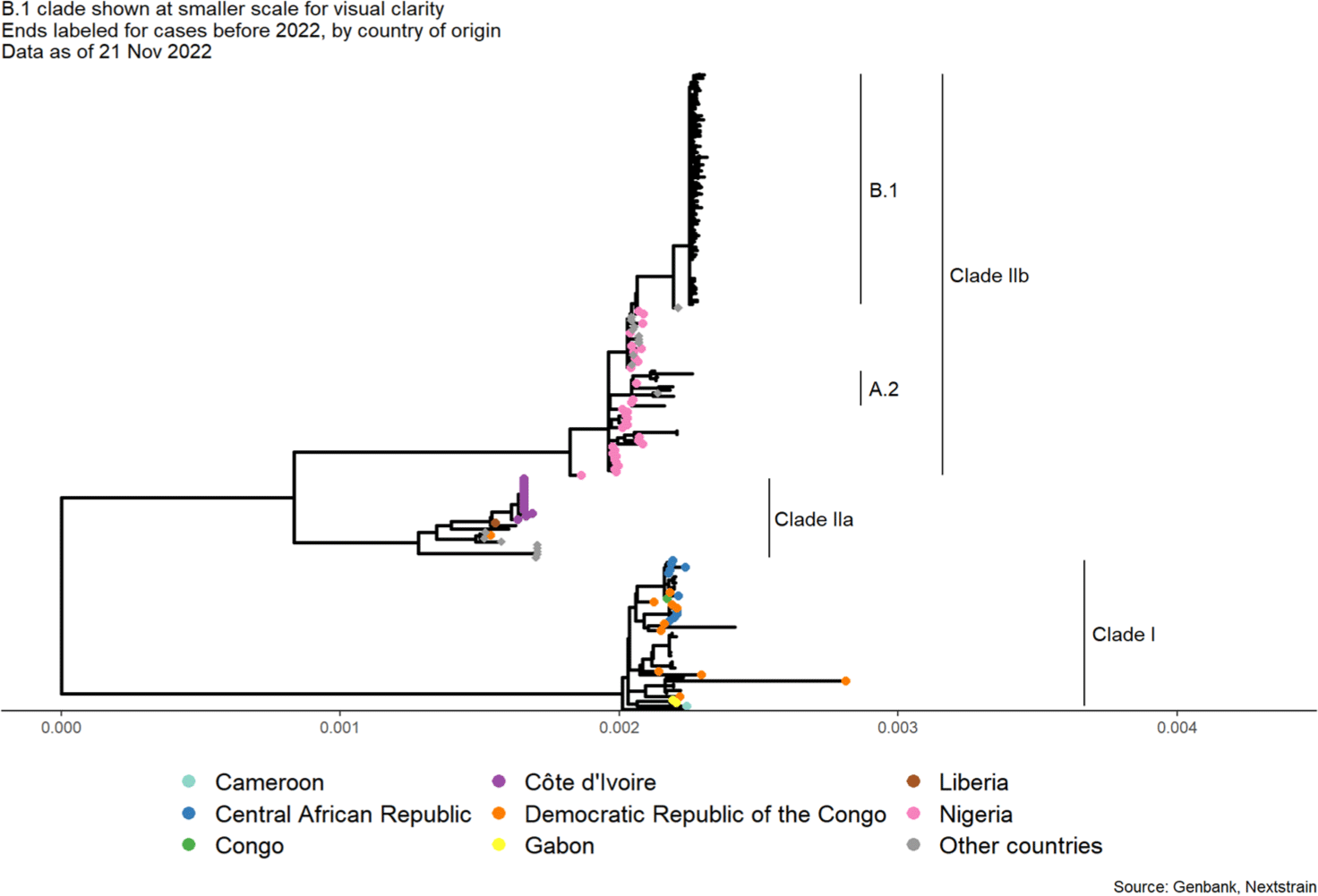
The emerging epidemics in recent: mpox
HTML
PDF
PubReader
Life Cycle 2023;3:e3
https://doi.org/10.54724/lc.2023.e3
https://doi.org/10.54724/lc.2023.e3
ABSTRACT
In 2022, while the world has yet to be free from the aftermath of the long-term pandemic caused by COVID-19, the unusual epidemic of endemic diseases in Africa called mpox (monkeypox) was designated as the Public Health Emergency of International Concert by the World Health Organization, drawing world’s attention to whether new pandemic will occu... 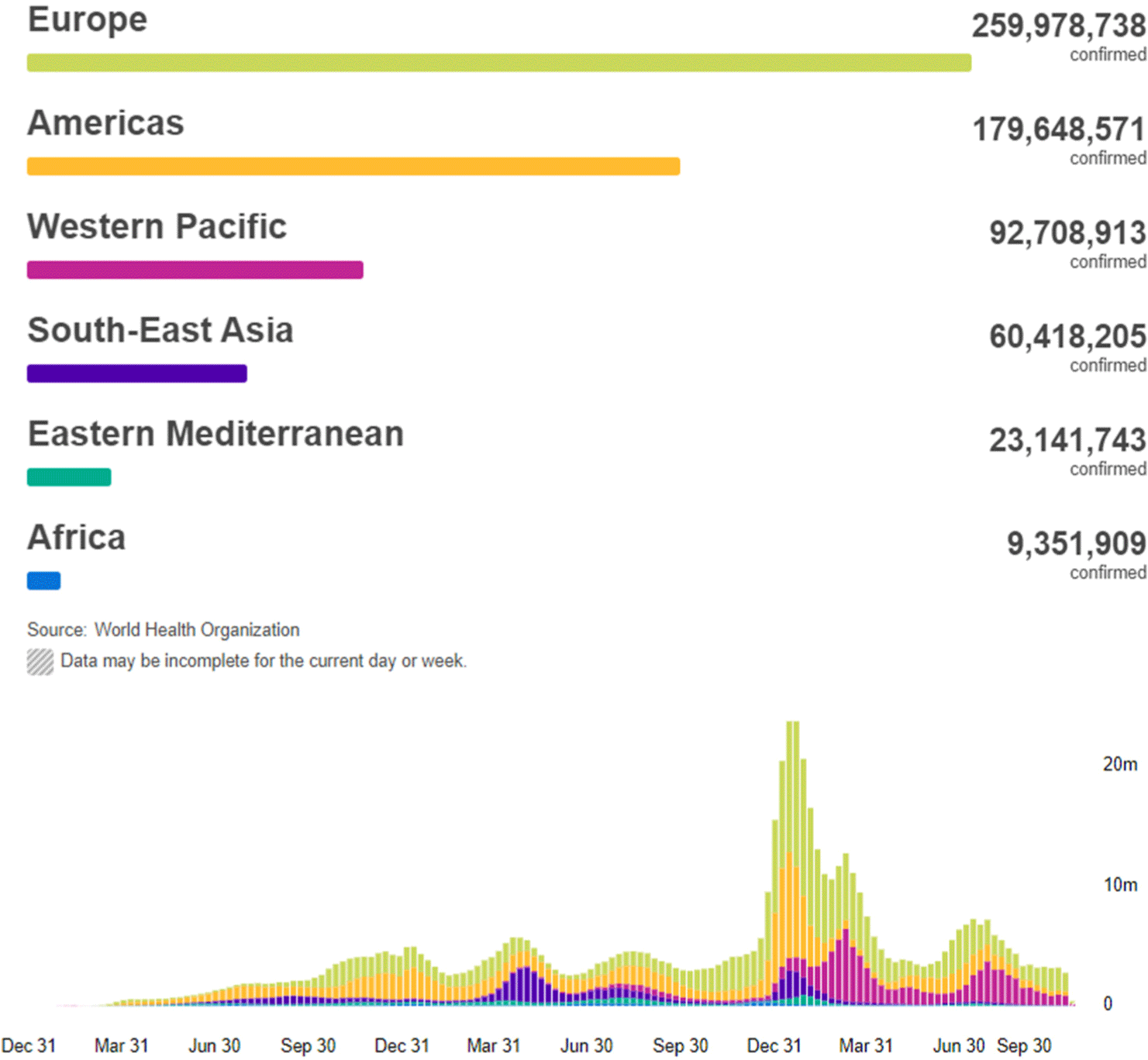
The emerging pandemic recent: SARS-CoV-2
HTML
PDF
PubReader
Life Cycle 2023;3:e2
https://doi.org/10.54724/lc.2023.e2
https://doi.org/10.54724/lc.2023.e2
ABSTRACT
The coronavirus disease 2019 (COVID-19), caused by severe acute respiratory syndrome coronavirus 2 (SARS-CoV-2), induces coughing, vomiting, or fever. The occurrence, duration, and severity of these symptoms vary from person to person, which makes symptoms of the COVID-19 infection ranging from those of a mild cold to death in severe cases. The cau...
Effect of COVID-19 pandemic on vaccination and treatment pattern of prostate cancer: a comprehensive literature review, phase 2
HTML
PDF
PubReader
Life Cycle 2023;3:e1
https://doi.org/10.54724/lc.2023.e1
https://doi.org/10.54724/lc.2023.e1
ABSTRACT
During the COVID-19 pandemic, overall screening, diagnostics, and treatment have faced a downtrend, especially during the first wave and lockdown. Statistics showed improvements starting from the late era of the pandemic and the end of 2020. To improvise, the risk of delayed curative treatment was measured and treatment plans were amended according... 







